Have you been greenwashed into thinking that a compostable bowl is a better choice because once you toss it, it will decompose in a landfill?
Or have you patted yourself on the back for buying those biodegradable/compostable trash bags?
Or have you shrugged it off that it’s fine to throw a banana peel into the garbage because its organic material and will break down?
I hate to break it to you, but that is
not really how landfills work.
In graduate school, our class had the opportunity to tour a nearby landfill and recycling center and let me tell you, it was very depressing.
I will never forget seeing all the things the people of southern Indiana tossed into their garbage cans, being pushed and packed by bulldozers.
And the smell! Phew! Unbelievable!
Anyway, that stuff Hoosiers tossed that day about 6 years ago is still probably sitting around, just as the day it was tightly packed into the Earth.
I am not going to get into all the undesirable aspects of landfills, such as methane production and groundwater leaching, but the best non-super jargony explanation I could find came from this article on livescience.com:
“Landfills are not designed to break down waste, only to store it, according to the National Solid Wastes Management Association. But garbage in a landfill does decompose, albeit slowly and in a sealed, oxygen-free environment. Because of the lack of oxygen, bacteria in the waste produce methane gas, which is highly flammable and dangerous if allowed to collect underground. It is also a potent greenhouse gas and contributes to global warming.”
-Molika Ashford, “What Happens Inside a Landfill“
Organic materials need oxygen to biodegrade and landfills lack oxygen when they are tightly packed and sealed. In this same graduate class, we discussed instances of landfill “archeologists” who have found hot dogs and guacamole still intact and years old newspapers completely legible. See more here, here, and here.
It all goes back to the notion that this is no “away.”
Throwing something away, be it a piece of plastic from Amazon packaging, your jeans with a hole in them, a banana peel, a piece of junk mail, an extra metal thing from your IKEA furniture assembly, to that piece of IKEA furniture itself, they will all live on in the depths of landfills scattered across the country.
And those landfills are getting full.
For instance, Chicago’s garbage is trucked 100 miles outside of the city to 2 landfills in Illinois and 2 landfills in Indiana. Watch this video from WTTW for a comprehensive look as to what happens to Chicago’s garbage once it is put out in the alley. According to the Illinois EPA, at the state’s current rate of garbage collection, Illinois will run out of space for garbage in the next 20 years.
So let’s keep stuff out of the landfill that doesn’t belong.
Recycle that plastic Amazon packaging in the proper place, or better yet, ask Amazon and other companies to reduce their packaging. You can email Amazon customer service and request that orders for your account come with less packaging. The environmental impacts of Amazon could be a whole blog post in itself.
Fix your jeans with a hole in them or find textile recycling in your area.
Compost that banana.
Recycle that junk mail and call the company to have your address removed.
Don’t buy cheap particle board furniture from IKEA, instead, quality pieces are abundantly available secondhand.
So next time you go to the garbage can just take a second to think before you toss.
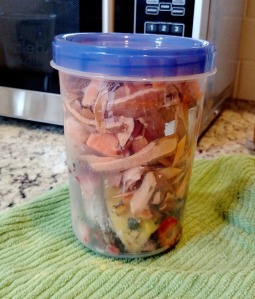

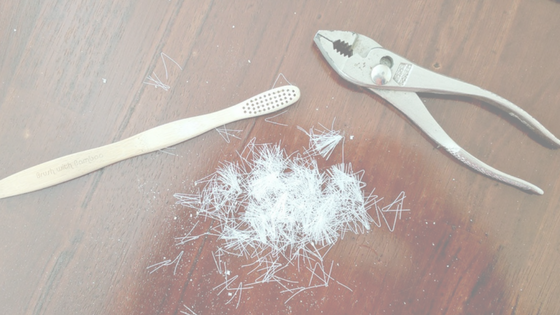
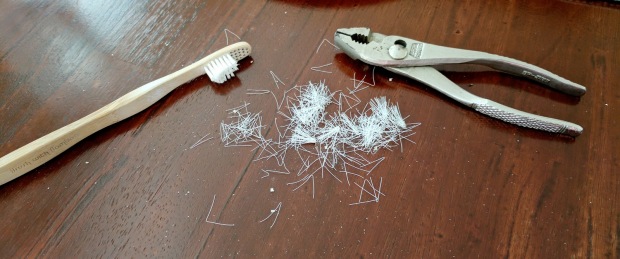
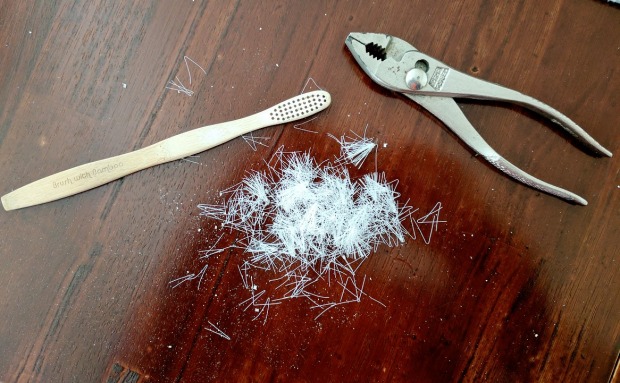
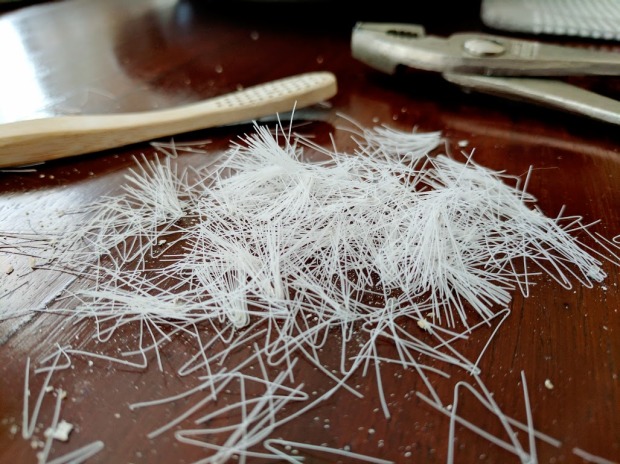

 Amazon for $13.99.
Amazon for $13.99.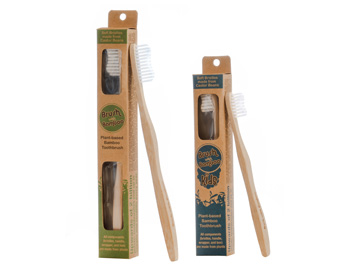 After awhile that feeling went away. When you have been brushing your teeth with a plastic toothbrush your whole life, it is going to be a bit of a difference at first. Now it is fine.
After awhile that feeling went away. When you have been brushing your teeth with a plastic toothbrush your whole life, it is going to be a bit of a difference at first. Now it is fine.